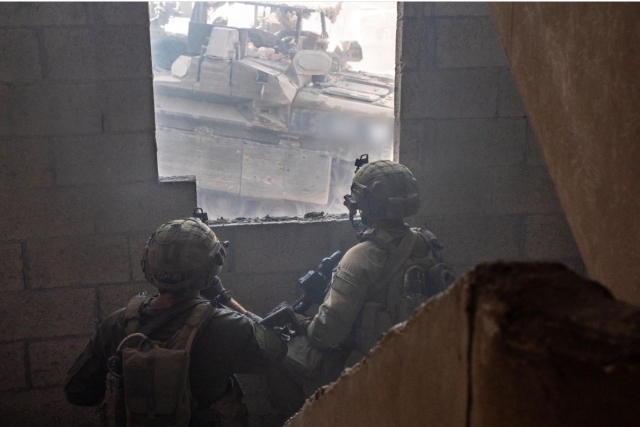Mine Clearing Efforts To Begin In Burma
Demining operations could soon start in Myanmar (Burma) which has one of the world's highest landmine casualty rates. Mine Advisory Group, or MAG International, a specialist demining agency, recently visited the country in order to study the humanitarian impact on landmines and exploded remnants of war. “The political situation in Burma is complex and sensitive. MAG has experience working in Burma supporting ICRC (International Committee of the Red Cross)in the past and visited last week there meeting in-country stakeholders with a view to start operations as soon as the political situation and funding allows,” said Geoff Turner, MAG’s Information and Production Manager in an email interview with defenseworld.net. Each year 1,500 civilians die in Burma as a direct result of anti-personnel mines. At present, 10 out of 14 states and divisions in the country are contaminated by landmines and with no official census, it is unclear how many landmines and cluster munitions there are in Burma which is one of three countries (after Nepal and Russia) to openly admit using anti-personnel landmines. According to a report published by Geneva Call, a humanitarian organization, it was estimated that 5.2 million people live in areas contaminated by landmines in Burma. As Burma’s peace process continue to show promise, several top level government ministers have expressed the need to begin demilitarization operations immediately. In April this year, immigration Minister Khin Yi said that the government wants to implement the entire peace process through to the very end. “We want to go to a complete process. In our peace process, we want to include a demining project and resettlement program for internally displaced persons and refugees,” he said. Meanwhile Burma’s Department of Social Welfare with help from various international NGOs such as UNICEF and UNHCR have begun a “mine risk education” program. Five essential points are presented to the public—mine awareness, recognizing warning signs, treatment of mine accidents, safety in landmine areas and first aid after explosions. By Bindiya Thomas










